Essential Guide to Traveling in Patagonia: Tips, Mistakes to Avoid, and Expert Advice
We created this guide to assist friends and travelers heading to Patagonia, addressing common questions and crucial details that can prevent costly mistakes. Our goal is to offer valuable insights and best practices to ensure a smooth and enjoyable trip. With the growing interest in Patagonia and the challenges it presents, our travel experts have crafted this resource to support your planning efforts.
Let’s start from the beginning:
Size of Patagonia and Travel Distances
Patagonia is ENORMOUS, covering over 1 million square kilometers—making it larger than 80% of the world’s countries. The VAST distances between REMOTE AREAS require meticulous planning and ample time to fully appreciate this scenic and large geographic region.To make it even more challenging, Patagonia stretches across two countries: Chile and Argentina.
A common error is trying to visit too many destinations within a short period. It’s unrealistic to explore EVERYTHING in just one or two weeks. Key highlights such as penguins, sea lions, whales, majestic glaciers, and the lake district are spread across four distinct areas. To experience these attractions thoroughly, you’ll need at least five days in each region, resulting in a minimum three-week itinerary. Additionally, you should plan for at least four flights to connect these diverse locations and countries.
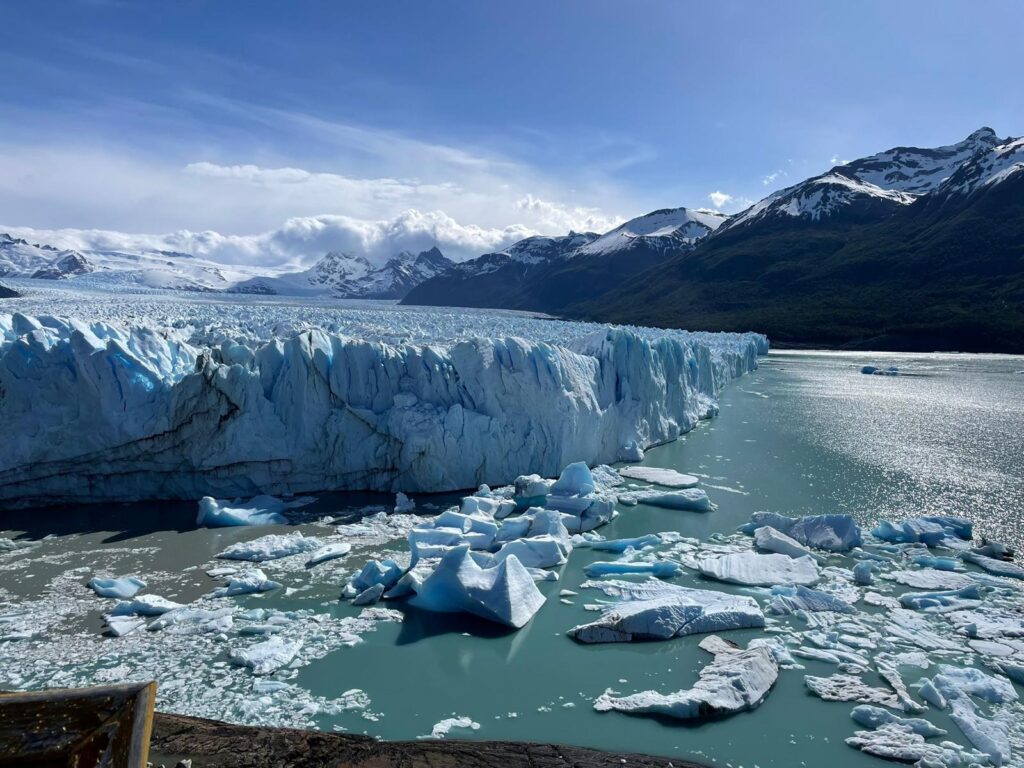
Key Airports and Travel Tips for Maximizing Your Visit
Patagonia features numerous national parks, but due to the vast distances, each park is usually close to a different airport. Be sure to consider the nearest airport and check which airlines operate flights there. For the best travel experience, contact a local expert (like us) to identify the optimal airports and connecting options, helping you maximize your time exploring Patagonia.
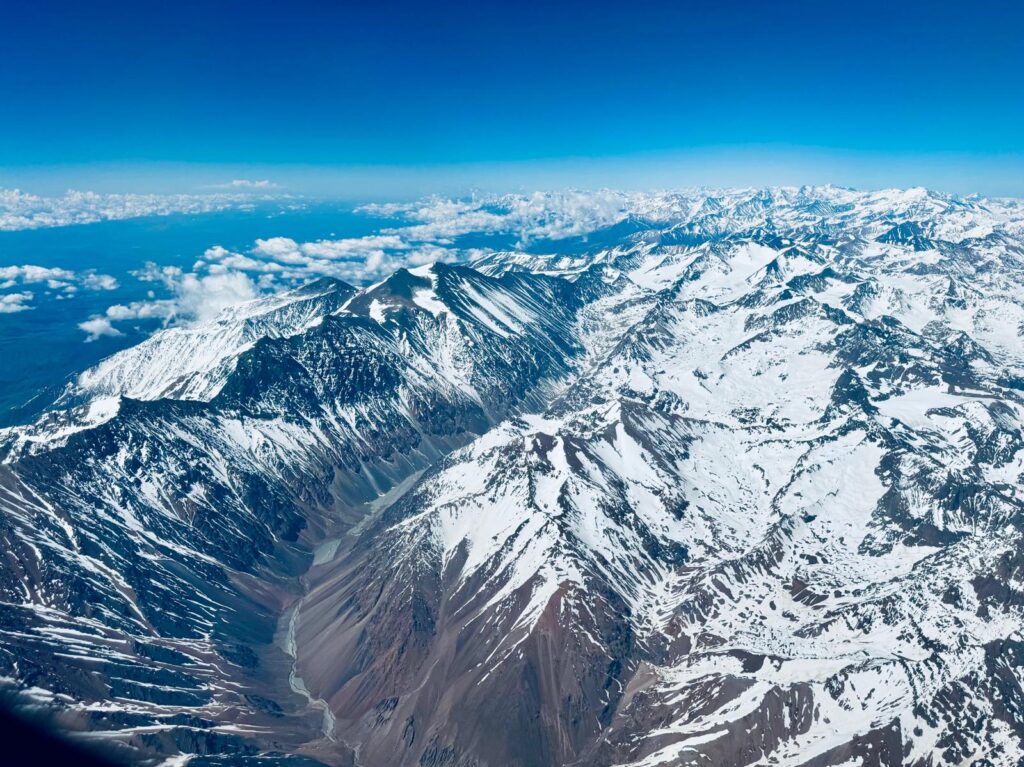
Patagonia in Argentina includes the following national parks and near airports:
- Los Glaciares National Park – Famous for its glaciers, including the Perito Moreno Glacier and pristine lakes with glaciers like Upsala and Spegazzini. Closest airport: El Calafate Airport (FTE).
- Nahuel Huapi National Park – Known for its lakes and forests. Closest Airport: San Carlos de Bariloche Airport (BRC).
- Los Alerces National Park – Renowned for its ancient Alerce trees and lakes. Closest airport: Esquel Airport (EQS).
- Lago Puelo National Park– Known for its beautiful lake and forested areas.Closest airport: Esquel Airport (EQS).
- Monte León National Park – Features coastal landscapes and marine wildlife.Closest airport: Río Gallegos Airport (RGL).
- Peninsula Valdés – (not a National park) but an UNESCO World Heritage. It is renowned for its rich marine wildlife, including southern right whales, sea lions, elephant seals, and penguins, making it a prime destination for wildlife viewing and eco-tourism.- Closest airport: Trelew (REL) and Puerto Madryn Airport (PMY)
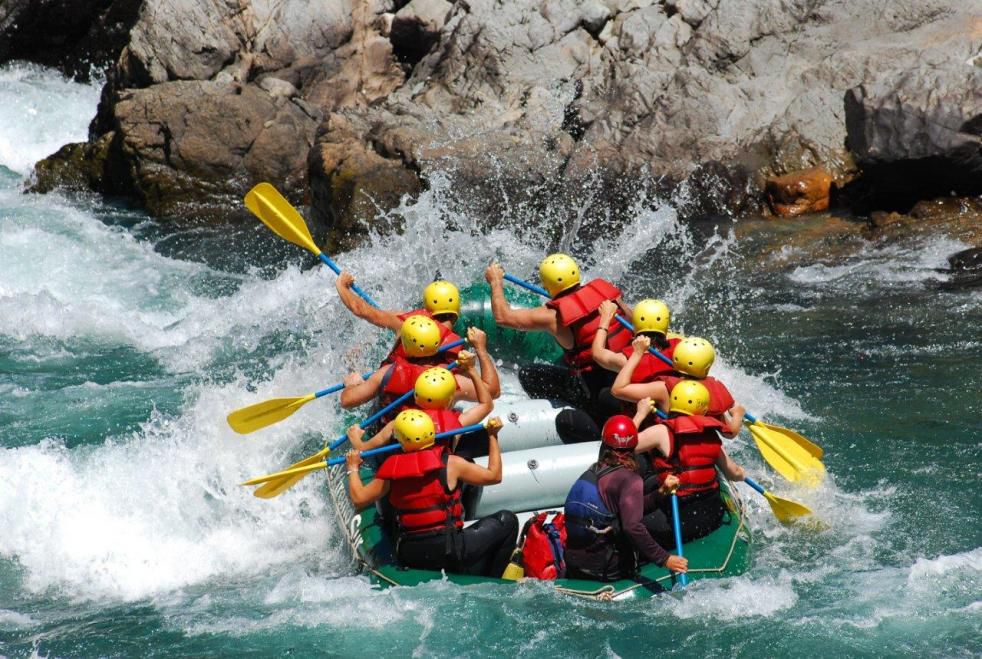
Patagonia in Chile includes these national parks:
- Torres del Paine National Park – One of the most famous parks in Chile, known for its stunning peaks and lakes. Closest Airport: Puerto Natales Airport (PNT) or Punta Arenas Airport (PUQ).
- Llanos de Challe National Park – Known for its unique desert and coastal ecosystems.Closest airport: Vallenar Airport (VLR) or Copiapó Airport (CPO).
- Isla Magdalena National Park – Home to a large colony of Magellanic penguins.Closest airport: Punta Arenas Airport (PUQ).
- Alerce Andino National Park– Famous for its ancient Alerce trees.– Closest Airport: Puerto Montt Airport (PMC).
- Pali Aike National Park – Features volcanic landscapes and unique flora.Closest airport: Punta Arenas Airport (PUQ).
- Patagonia National Park – A newer park aimed at preserving the Patagonian wilderness.Closest airport: Cochrane Airport (COQ) or Balmaceda Airport (BBA).
- Corcovado National Park – Known for its rainforests and biodiversity.Closest airport: Puerto Montt Airport (PMC) or Chaitén Airport (WCH).
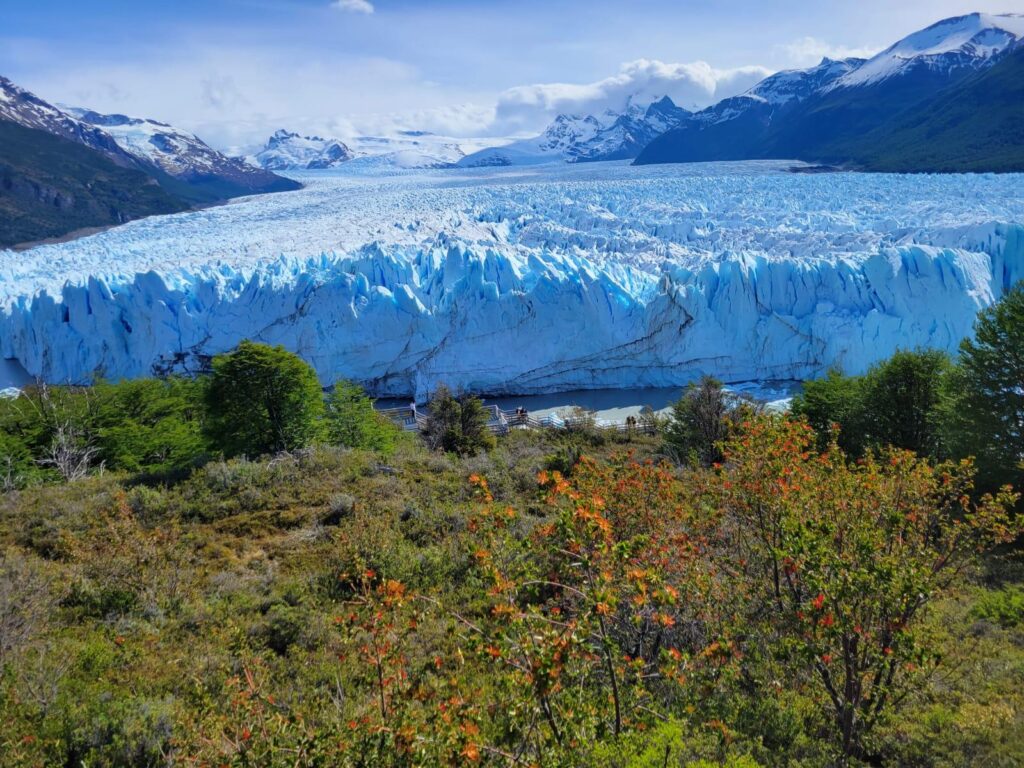
Travel Tip: Maximize Your Patagonia Experience
For a truly immersive Patagonia adventure, we recommend dedicating your 7 to 10 days to exploring just one region. By focusing on a specific area, you’ll be able to fully appreciate its unique beauty and attractions. Plan additional trips to discover other regions, ensuring you make the most of your visit. Remember, “He who grasps too much, achieves little”—quality exploration beats quantity
Why We Don’t Recommend Driving from Buenos Aires to Patagonia
Embarking on a road trip from Buenos Aires to Patagonia may seem like an adventurous idea, but it’s not typically recommended for several key reasons.
- Lengthy Journey: The drive spans over 1,500 kilometers (930 miles) and can take several days. This extensive travel time can be exhausting, especially if you’re on a tight schedule.
- Road Conditions: Although major routes are generally well-maintained, some parts of the journey involve less-developed or gravel roads, which can make the drive challenging and uncomfortable.
- Unpredictable Weather: Patagonia’s weather is notoriously fickle, with strong winds, rain, and even snow. These conditions can create difficult driving situations and increase safety risks.
- Sparse Fuel and Services:: Gas stations and essential services can be sparse in remote areas. Planning for fuel stops and accommodations becomes crucial, as running into issues far from help can be problematic.
- Safety Concerns: Long hours on the road can lead to driver fatigue, increasing the risk of accidents. The remoteness of the drive means help can be far away in emergencies.
- Renting a car in Buenos Aires and driving to Patagonia is expensive due to high rental fees, insurance costs, and long-distance mileage. Additional expenses like fuel, tolls, and accommodations add up, and high demand for larger vehicles further increases costs. Flying to Patagonia and renting a car locally is often a more cost-effective and convenient alternative.
- Alternative Options: Flying to major Patagonian cities like El Calafate or Ushuaia is often more practical and time-efficient. Once there, you can easily rent a car to explore the region comfortably and safely.
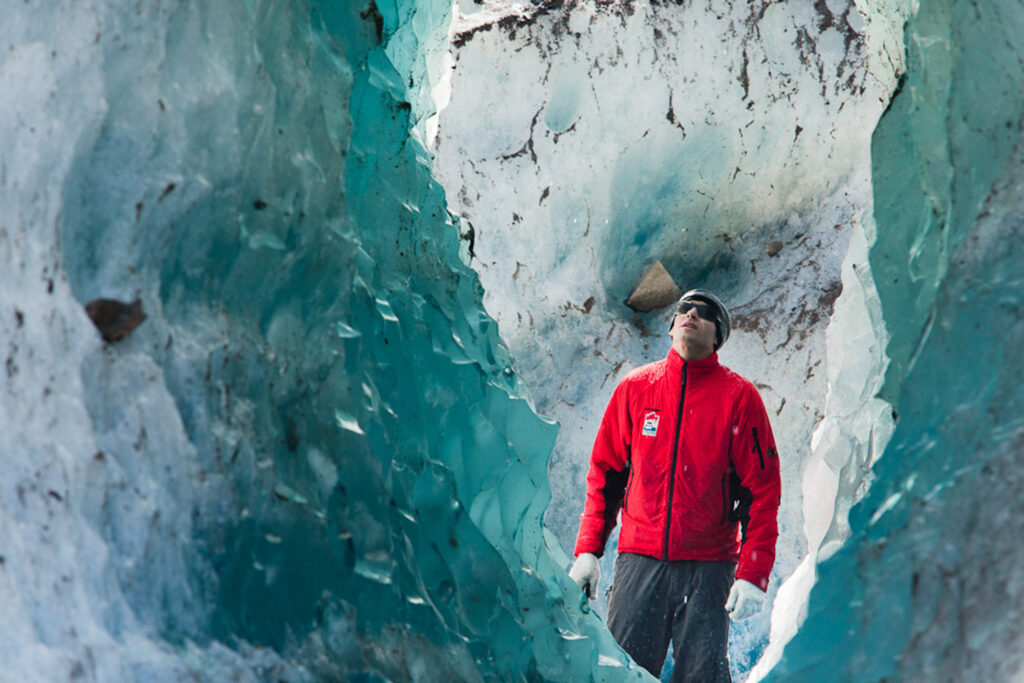
When is the best time to visit Patagonia?
The best time to explore Patagonia is during its Southern Hemisphere summer, from December to March. This period offers the warmest temperatures and longest daylight hours, perfect for outdoor activities and sightseeing.If you prefer fewer crowds and cooler temperatures, consider visiting in the shoulder seasons of late spring (November) or early fall (April), which can also be enjoyable.
Travel Tip: Your visit should align with specific activities and regions.
- To see the largest penguin colony in Argentina, visit Patagonia from mid-September (after September 15) to the end of March or early April for the best penguin sightings.
- Whales are best observed from June to November.
- For optimal trekking conditions at Fitz Roy Mountain or Torres del Paine, plan your visit between December and February.
Why is January the most popular time to visit Patagonia for hiking?
There are several key factors:
- Optimal Weather: January, the height of the Southern Hemisphere summer, provides warmer temperatures and more stable weather, perfect for outdoor activities. However, Patagonia is known for its unpredictable climate, with conditions often changing rapidly. Even in peak months like January or February, rain is possible, but it is more frequent in the Andean rainforest and glacier national parks than in the arid steppe regions along the Atlantic coast.
- Long Daylight Hours: The region experiences extended daylight hours, with up to 17 hours of daylight per day, providing ample time for hiking and exploring.
- Accessibility: Most of the hiking trails and parks are more accessible during this period, as the snow has melted from the trails and road conditions are generally better.
- Wildlife and Scenery: The summer months bring vibrant flora and active wildlife, enhancing the overall hiking experience and natural beauty of the region.
- High Season: January is part of the peak tourist season, meaning there are more guided tours, services, and facilities available to accommodate visitors.
Does it Rain in Patagonia?
Patagonia’s rainfall varies greatly between regions.
The western side, particularly around the Andes, experiences heavy precipitation, while the eastern side is much drier. The rainy season generally spans from April to October, but weather in Patagonia is notoriously unpredictable. Conditions can shift rapidly, so travelers should be prepared for sudden showers and strong winds, regardless of the season.
Rainfall Patterns in Patagonia:
Western Patagonia: This area, especially near the Andes mountains, is known for its high levels of precipitation. The western side of Patagonia receives a significant amount of rain throughout the year due to moist air from the Pacific Ocean being forced upward by the mountains, which causes it to cool and condense into rain. This region can experience rain and drizzle almost every day, especially in the southern parts like the Aysén and Magallanes regions.
Eastern Patagonia: This part, which lies in the rain shadow of the Andes, is much drier. The eastern side of Patagonia, which includes parts of Argentina, receives considerably less rainfall. Here, precipitation is less frequent and more irregular. The eastern Patagonian steppe is characterized by arid and semi-arid conditions.
Travel tip: Be sure to pack layers, waterproof gear, durable hiking boots, warm clothing, sun protection, and a reliable backpack.
Navigating Patagonia
Connecting national parks between Chile and Argentina in Patagonia can be challenging due to the region’s vast distances and limited infrastructure. Border crossings are manageable but require a lot of planning.
Border Crossing: You’ll need to go through customs and immigration at designated border crossings. Some crossings are open only during specific hours, and you may encounter delays during peak seasons.
Travel Tips:
- Plan Ahead: Check the operating hours of border crossings and ensure you have all necessary documentation.
- Allow Extra Time: Factor in potential wait times at borders and travel between parks.
- Local Guidance: Consult with local travel experts or guides for up-to-date information and advice on the best routes and crossing points.
How Far in Advance Should You Plan and Book Your Trip to Patagonia?
For travelers planning a trip to Patagonia during the peak season in the last two weeks of December, it’s crucial to start planning 9-12 months ahead. This advanced planning helps secure accommodations and activities, as demand is high and prices for hotels, flights, and tours increase significantly during this busy period. By booking early, you’ll not only ensure availability but also potentially avoid the sharpest price hikes.
Early planning also allows for better flexibility and more options for your itinerary
Accommodation Options in Patagonia: What to Expect
Patagonia offers a range of accommodations to suit various preferences and budgets.
For luxury travelers, high-end lodges* and boutique hotels provide upscale amenities and breathtaking views, often in prime locations like Torres del Paine, Bariloche (Llao Llao Resort is the most beautiful hotel in Patagonia) and El Calafate and El Chalten.
Destinations like Puerto Madryn, Puerto Montt, Punta Arenas, and El Calafate currently do not have luxury hotels. Although some hotels may claim this status, they do not meet the high standards typically associated with luxury accommodations. Instead, these hotels are quite simple or equivalent to a 4-star international rating. In Patagonia, you can find estancias offering luxury service, but they lack the infrastructure of high-end hotels like the Peninsula or Four Seasons, offering a simpler experience. Keep this in mind when choosing your accommodation in Patagonia. There are very basic options as well as more refined ones, though even the more refined options are still relatively simple and not necessarily economical.
*About Patagonia’s Luxury Eco-Lodges
Luxury Eco-lodges in Patagonia offer a distinctive blend of luxury and sustainability. While they provide a high level of comfort and stylish accommodations, you should expect a form of rustic elegance rather than the opulence of a Ritz-Carlton Hotel. These lodges are designed to immerse you in nature while ensuring a responsible and enjoyable stay, with a focus on eco-friendly practices and beautiful, natural surroundings. Keep in mind, however, that despite their unique appeal, eco-lodges can be quite expensive.
Why Patagonia can be Expensive
Patagonia’s high costs can be attributed to several factors:
- Remote Location: Its geographical remoteness means higher transportation and logistics costs. Supplies and goods must travel long distances, increasing their price.
- Limied Infrastructure: The region has relatively few accommodations and services compared to more developed tourist destinations. This scarcity drives up prices due to high demand and limited availability.
- High Demand: Patagonia is a highly sought-after destination for its unique landscapes and outdoor activities. This high demand allows providers to charge premium prices, especially during peak seasons.
- Environmental and Conservation Efforts: Many businesses in Patagonia invest in sustainable practices and conservation efforts, which can be costly and are often passed on to tourists.
- Seasonal Variations: Costs can fluctuate significantly between peak and off-peak seasons, with prices often soaring during the busy summer months when demand is at its highest.
- Patagonia’s status as an aspirational destination contributes significantly to its high costs. Its remote and pristine landscapes, including dramatic mountains, glaciers, and vast wilderness, attract travelers seeking adventure, natural beauty, and unique experiences. The region’s allure is amplified by its reputation for outdoor activities like trekking, mountaineering, and wildlife viewing, as well as its sense of untouched, rugged wilderness.
These factors combine to make Patagonia a more expensive destination, reflecting both its extraordinary appeal and the challenges of operating in such a remote and pristine environment.
Patagonia: The ultimate Gateway to Antarctica
As the nearest inhabited region to Antarctica, Patagonia—especially the southern city of Ushuaia—is the ideal launchpad for Antarctic cruises. Dubbed the ‘southernmost city in the world,’ Ushuaia not only provides a fantastic base for exploring Tierra del Fuego but also connects you to the stunning Southern Patagonian areas like Punta Arenas, Puerto Madryn and El Calafate. These destinations offer perfect opportunities for adventure before your Antarctic voyage.
The city of Ushuaia is the primary port for cruises and explorations to Antarctica due to its strategic location and advantageous conditions:
Proximity to Antarctica: Ushuaia is situated on the southern tip of Argentina, making it the closest major city to the Antarctic continent. This proximity significantly reduces the distance and travel time to Antarctica, providing a more efficient departure point for expeditions.
Navigable Waters:: The city is located on the Beagle Channel, a relatively sheltered waterway that provides a safer and more navigable route for ships heading to the Antarctic Peninsula. This channel is less turbulent than the open waters of the Drake Passage, though crossing the Drake is still part of many Antarctic voyages.
Infrastructure: Ushuaia has developed a robust infrastructure to support Antarctic tourism. It has specialized ports and facilities that cater to the needs of expedition vessels and their passengers, including refueling stations, supply chains, and customs services.
Tourism Services: The city is well-equipped with a range of services and amenities tailored for tourists, including hotels, restaurants, and tour operators specializing in Antarctic cruises. This makes Ushuaia a convenient and comfortable starting point for travelers.
Regulatory Compliance: Ushuaia adheres to international regulations and standards for Antarctic tourism, ensuring that all operations are conducted with environmental responsibility and safety in mind.
These factors collectively make Ushuaia the preferred departure point for Antarctic cruises and explorations, offering travelers a well-supported gateway to one of the most remote and pristine regions on Earth.
Heading to Patagonia? Here's a quick overview of what you need to know:
- Accessibility: Travel can be pricey and complex due to Patagonia’s remote location. Plan flights and internal transport early.
- Accommodation: Choices range from luxury lodges to budget hostels. Book in advance, especially during peak season.
- Costs: Expect higher expenses for flights, stays, and activities. Budget accordingly.
- Weather: Prepare for unpredictable weather with layered clothing and flexible plans.Activities: Popular options include trekking, wildlife viewing, and adventure sports. Secure tours and guides in advance.
- Sustainability: Support eco-friendly lodges and tours to help preserve Patagonia’s natural beauty.
- Seasonality: Prices and availability vary with the season.
- Summer is busy and costly, while winter offers lower prices but may limit access.
By planning ahead and considering these factors, you can make the most of your Patagonia adventure.
We hope you found this information helpful. We appreciate any feedback on how helpful and engaging you find the article.


